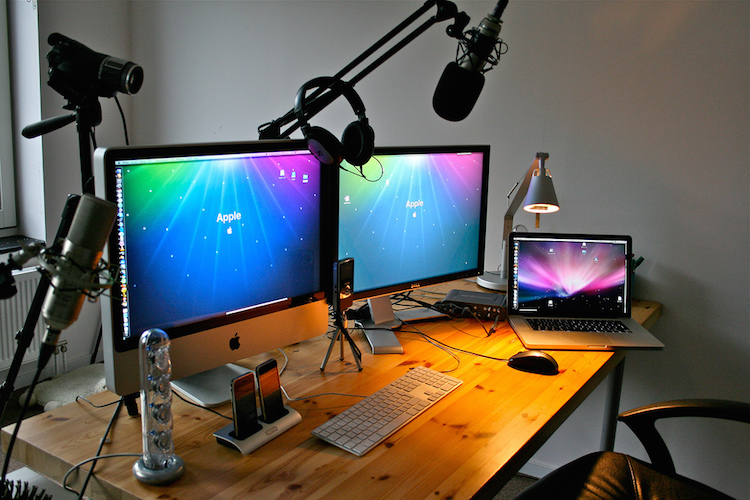In the time since I have declared 2015 the Year of the Podcast, I’ve had so many conversations about podcasting that it’s hard to keep up with them.
We have pipelined several shows at LifeWay, I’ve had friends launch and plan personal pods, and I’ve started listening to a few more as well.
What I’ve explained to others over the past month is that there are several major components to podcasting. While it’s as simple as “record and distribute,” it is much more complex to create a podcast and to podcast well.
By far, the most important aspect of podcasting is the format you choose for your show.
The format of a show can make or break your content. Even if you have good content, a poor choice of format can turn off listeners and frustrate you as the creator. The difficult part of choosing a format, however, is knowing how to match your content with your intended audience.
Types of Podcasting Formats
There are five major styles and formats of podcast:
- Monologue – This is where most podcasts start, and the reason most podcasts fail. Unless you are a highly engaging personality with loads of interesting content, this format can bore listeners and kill your podcast. I would only recommend a monologue format for those who are doing podcasts focused on teaching facts or for those with extremely engaging personality. If you’re wanting to do monologue commentary on sports, cultural event, politics, or entertainment, you have got to have a unique view and a very engaging personality. Otherwise, move on to another format. Your typical sermon podcasts would be a great example of this format.
- Conversational – This is likely the the most natural format for many podcasters. Unfortunately, it’s also more difficult because of logistics. When you start adding people, you start adding microphones and more technology. That can mean two things: more money and more frustration with technological issues. However, once you get the process configured, the benefits are great. These podcasts offer a variety of viewpoints from two or more individuals and typically allow each to share their views and comment on the other contributors’ views. Think of this format like Pardon the Interruption on ESPN or the Men In Blazers podcast. Those shows are great examples of conversations done well.
- Host & Star – This is a mixture of the monologue and conversational formats. It involves a main personality with the assistance of a “sidekick” of sorts. It’s conversational because there is more than one voice and opinion shared, but it’s also a monologue because the “star” of the podcast is really what listeners are tuning in for. The podcast I host, Rainer on Leadership, and Michael Hyatt’s This is Your Life are great examples of this format.
- Interview – I see this format growing in popularity with podcasters, but it’s a risky format. For starters, your audience is not dependent on what you do, but who you have on the show. And it can be very difficult to get guests who can sustain and drive interest in the podcast. Unless you have a big rolodex, this is a very difficult format for a start-up podcast. It also makes the podcast more about who you have on than what you contribute to the show.
- Hybrid – There are a few shows who use these formats interchangeably. Serial would be a great example of this. If you think about it, Serial had all format styles throughout its run. This is a daunting task, but when done well, hybrid podcasts can be wildly successful because they seamlessly flow from format to format and engage the listener in different ways.
Which format of podcast do you listen to or produce? Which format is your favorite? Which is your least favorite?


Trackbacks/Pingbacks